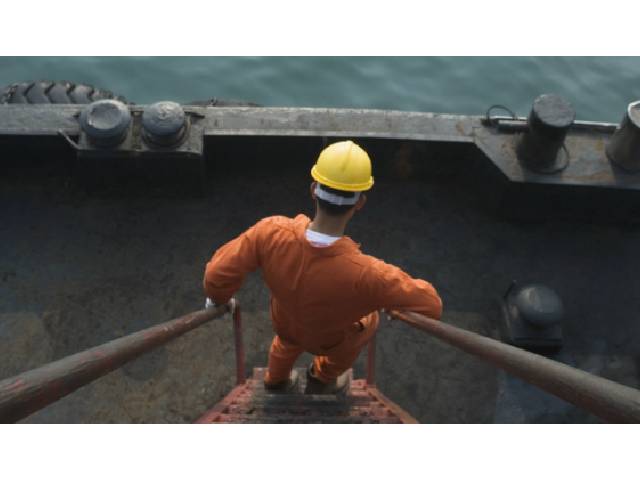Officer availability varies significantly by nationality and rank, with important implications for recruitment, retention and wage rates, particularly in light of tightening labour market conditions.
Earlier in the year Drewry projected that the current officer shortfall to crew the global merchant fleet would widen, despite the dampening effect of Covid-19, due to the reduced attractiveness of a career at sea and rising man-berth ratios. The effect of the former will be to slow the growth of seafarer supply, while extended leave periods and reduced tours of duty to maintain the attractiveness of a career at sea, will raise demand. A more detailed analysis of these projections can be found in Drewry’s Manning Annual Review and Forecast 2020/21 report.
This has important implications for ship operator recruitment and retention practices, as well as manning costs, which are projected to rise as a result of tightening seafarer supply conditions. This will follow a year of exceptional costs associated with the impacts of Covid-19 on crewing operations around the world.
But these projections are more acute when anticipating future availability of particular ranks or nationalities. Even today in a relatively balanced labour market some ranks are already in tighter supply than others.
As part of the research carried out for the Manning Annual Review and Forecast 2020/21 report, Drewry undertook a survey among employers of officers across a range of nationalities. This covered senior officers (master, chief officer and chief engineer, 2nd engineer) for deck and engine respectively, and junior officers (2nd, 3rd officer and 3rd, 4th engineer), again deck and engine respectively.
Figure 1: Officer availability – senior deck and engine officers
Respondents were asked to rate the availability in terms of how easy new hires are to recruit in the current market. There were four categories to select from; immediately available, usually available, scarce and not available.
There were no reports of ‘not available’, and there is, therefore, no category for this shown in the above figures which illustrate how employers for the wet sectors perceive the current supply situation. It indicates that availability is nearly always ‘immediately’ or ‘usually’ with pockets of tighter supply for certain nationalities and ranks. For example, Filipino senior engineer positions and Polish senior deck ranks are currently more likely to be in scarce availability than other categories.
Generally, engineer ranks are in tighter supply than deck positions, and roles in senior rank positions are harder to fill than junior ranks. This means that 2nd Engineers are often noted to be in tight supply along with ETO (Electro Technological Officer) and Cargo (Gas) Engineers. Despite the downturn in the offshore vessel sector DPO (Dynamic Positioning Operator) ranks are also noted to be in tight supply.
The overall picture built up does, however, show the importance of employers being flexible and keeping in mind the option of recruiting seafarers from other regions to combat any particular shortage of supply they may experience for a particular rank / nationality combination.
For more details on seafarer availability and manning costs, including budgets across 35 different vessel types and sizes and five-year forecasts, subscribe to Drewry’s Manning Annual Review & Forecast.
Source: Drewry









































